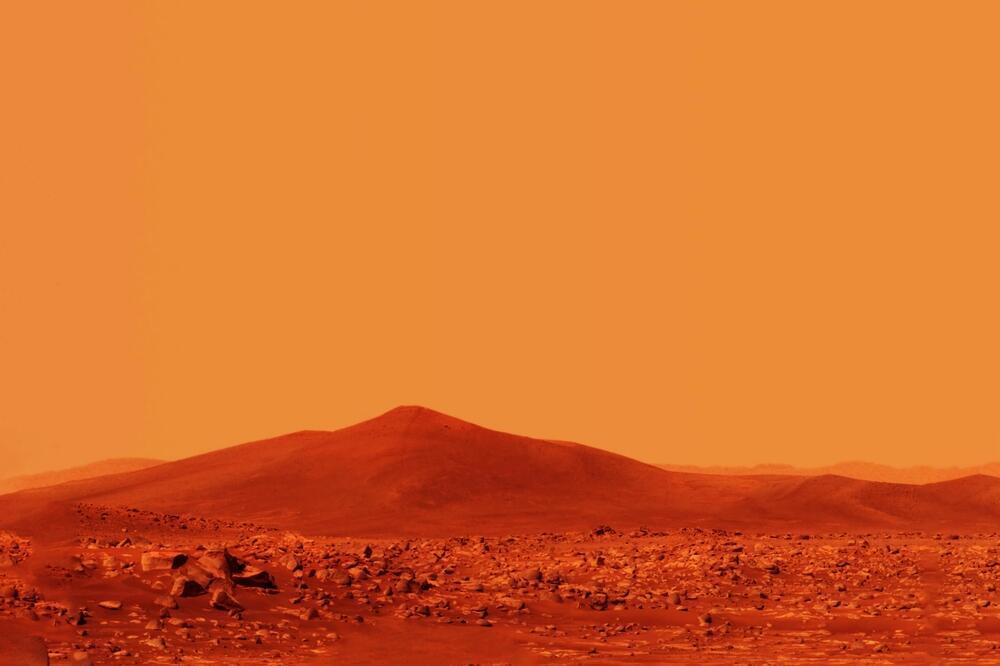Getting your Trinity Audio player ready...
Four non-astronaut volunteers (Kelly Haston, Ross Brockwell, Nathan Jones, and Anca Selariu) left NASA's 3D-printed, windowless Mars Dune Alpha habitat in Houston, Texas, simulating a year-long stay on Mars
NASA enforced quarantine requirements for the crew post-mission and live streamed their exit from the Mars simulation habitat on July 6th from the Johnson Space Center in Houston.
The Martian module was built with a 3D printer using materials that could be found on Mars, aiming to prepare future colonizers for the challenges of a real mission to Mars.
NASA aims to gather data for future Mars missions, studying crew health, performance, nutrition, operations, complex systems, psychological aspects like monotony and loneliness, and the potential benefits of indoor plant growth.
Flights to Mars were once considered science fiction, but scientists are now seriously considering the skills needed by future colonizers of Mars. Participants had to have a master's degree in natural sciences and relevant experience, and scientists monitored them remotely, collecting data on their physical and mental health.
The participants experienced isolation, communication delays, resource limitations, equipment failures, and high workloads while engaging in Mars-realistic activities like spacewalks, crop growth, meal preparation, exercise, maintenance, and science work.
NASA's Deputy Director expressed appreciation for the volunteers' work during the simulation.
NASA plans two more similar missions in 2025 and 2026/2027 as part of preparations for manned Mars missions in the 2030s, following the Artemis program to return to the Moon and establish a lunar base.
This article was written in collaboration with Generative AI news company Alchemiq
Sources: Sky News, BBC, NASA, DW, Engadget, France24, El Financiero, Basler Zeitung, South China Morning Post.


